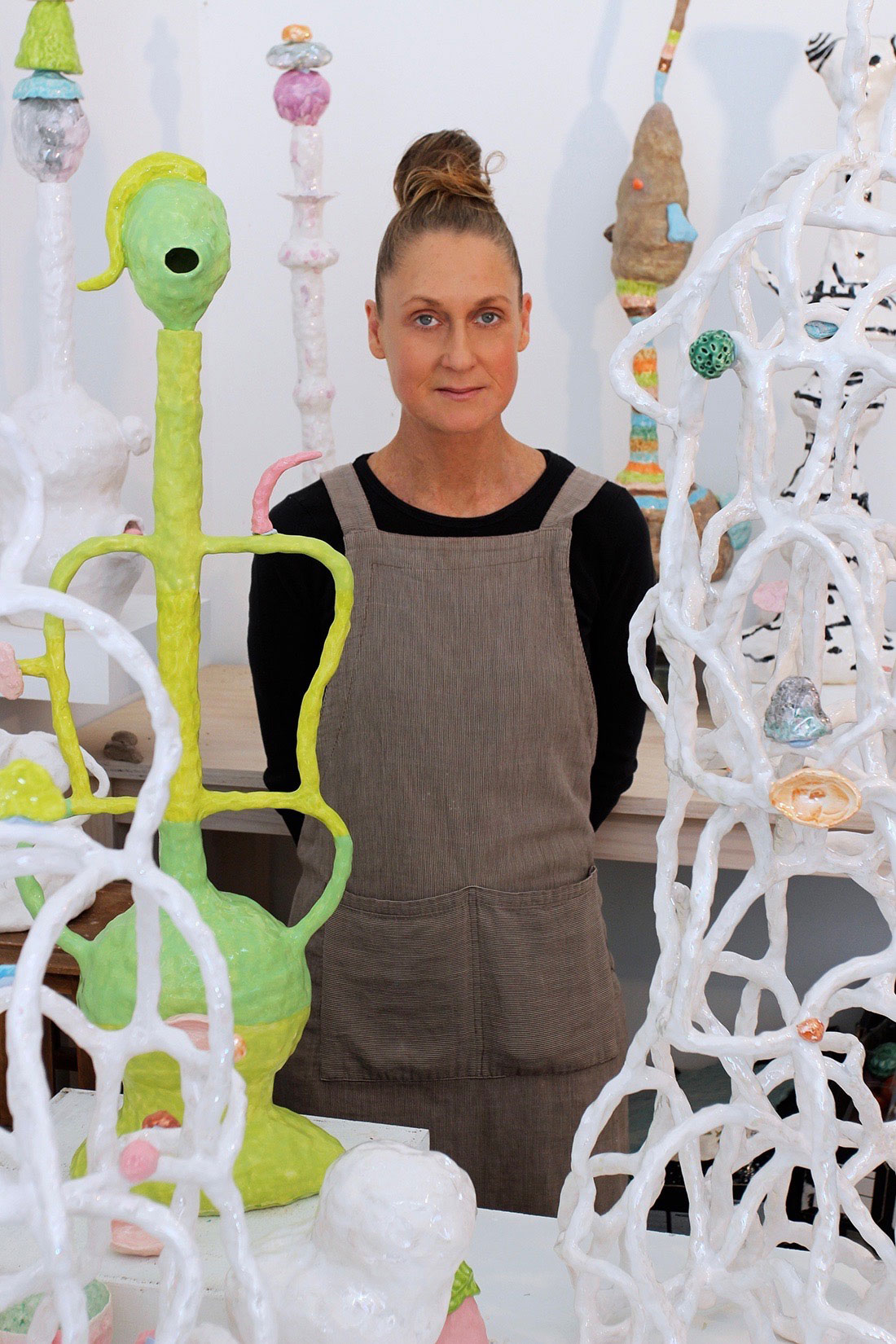
Lynda Draper - Why I Create
Exploring the inspirations and attitudes of artists working with clay and ceramic, featured in Vitamin C
Lynda Draper’s earthenware sculptures employ simple child-like motifs. Two holes for eyes, a nose shaped like a sausage. They are brightly coloured and have an economy of touch with a relaxed quality.
While implicitly biographical, the work is a piece of imagination, and beyond its evident materiality the Australia artist seems to suggest something more spiritual. These are objects as fictional subjects. While they each have holes for eyes and wobbly noses, they have no mouths. Of course, objects only speak in fictional realms, but the lack of a mouth is telling. Draper embraces a certain reticence, and the eyes, typically seen as a window onto someone’s soul, frustrate our reading yet further.
Draper’s assertive use of materials speaks of a confidence gained over the hard won battles of a thirty year career and just like a cartoon, her sculptures convey complex emotions from the most economical of means. Here the Vitamin C: Clay and Ceramic in Contemporary Art featured artist tells us why she works in the medium, what particular challenges it holds for her and who she thinks always gets it right.
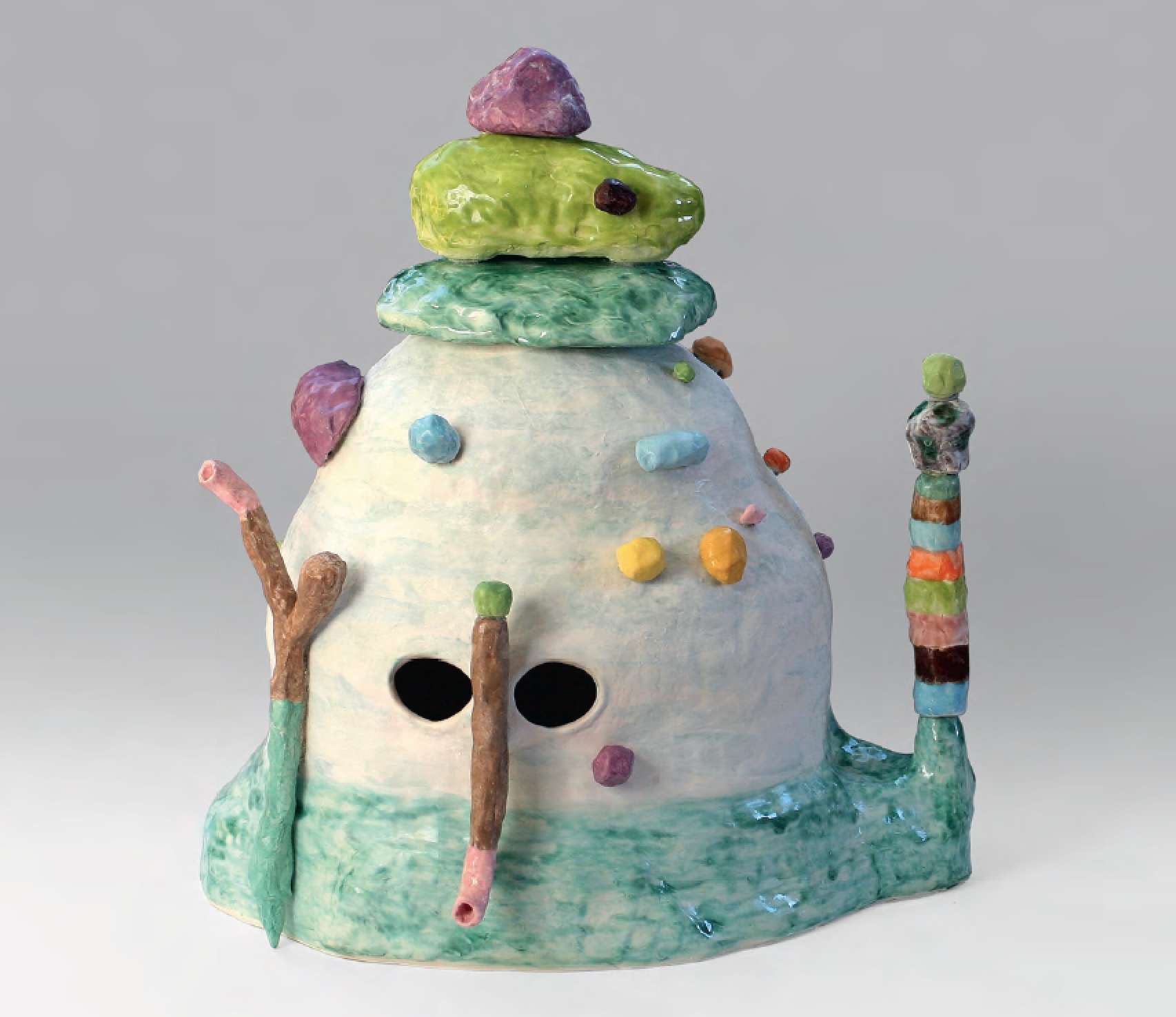
Who are you and what’s your relationship to clay and ceramics? I am a visual artist who has worked primarily in the ceramic medium for over 35 years. I use clay as a material to communicate ideas, it's not all about a certain technique or process. Therefore, my style seems to evolve and change in response to life’s circumstance and experience. My work explores the intersection between dreams and reality. I am interested in the relationship between the mind and material world and the related phenomenon of the metaphysical. Creating art is a way of attempting to bridge the gap between these worlds.
Why do you think there’s an increased interest around clay and ceramics right now? From the mid 1960’s to early 1970’s ceramics was very popular and experimental, maybe it's linked to a sense of nostalgia.
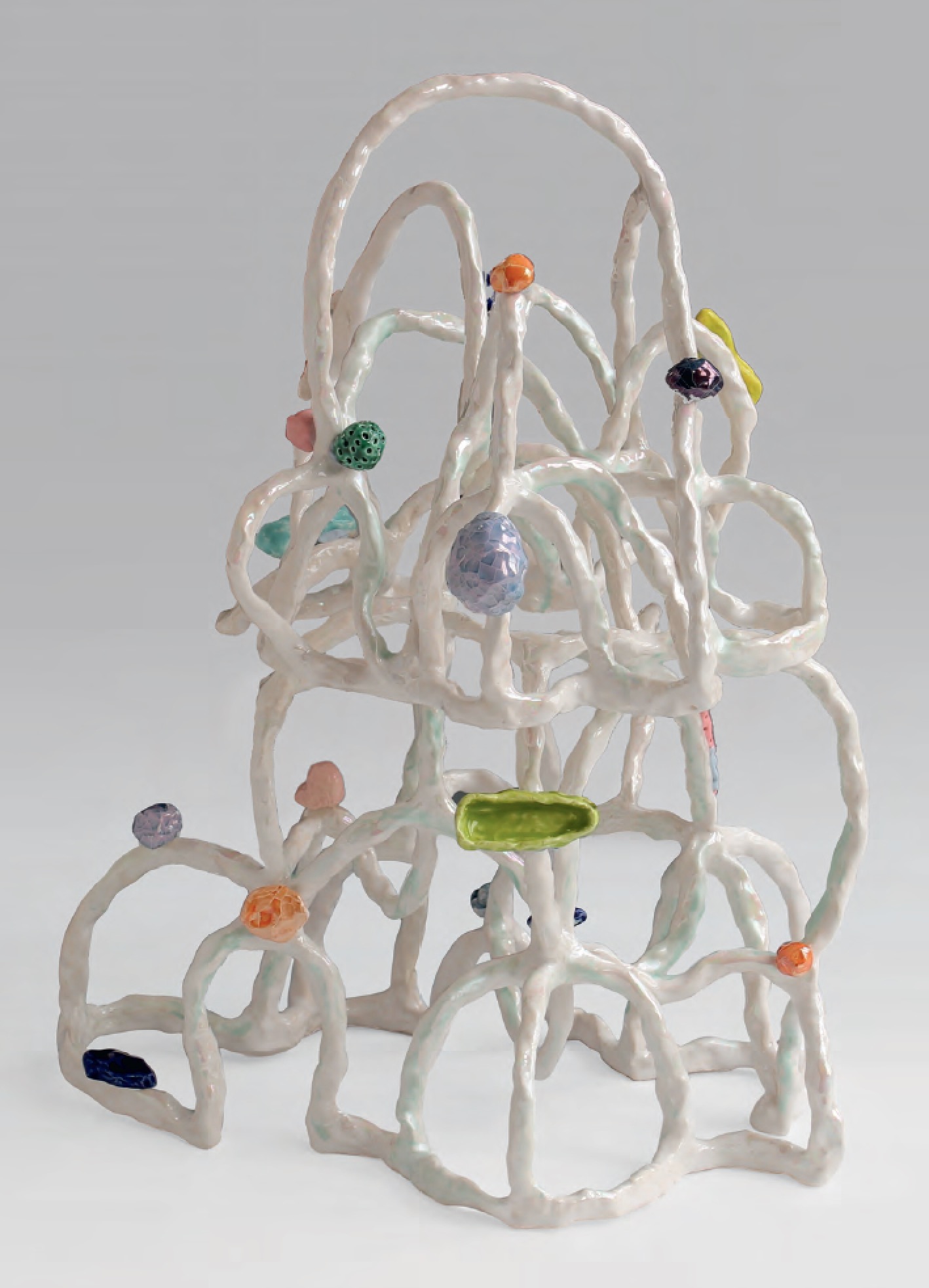
Ceramics is sometimes regarded as decorative, rather than fine arts. Does the distinction bother or annoy you? For me the ceramic medium is just another art material and I try to ignore the commentary about where it fits within the hierarchy of Art practice. I am drawn to its tactile qualities, its ability to be adapted in so many different ways, the alchemy of the process and the surprises it can bring. There is always part of the process that is out of your control often giving rise to great expectations, wonder and sometimes disappointment.
Whose work in this field do you admire? From my earliest days working with ceramics I admired the work of Stephen Benwell and Toni Warburton. Also, I am inspired by many artists who work in a broad range of art mediums. I am bewitched by a lot of outsider art and motivated by its authentic nature and how such amazing artworks are created within individual worlds that are unaffected by the outside art world. Two works I return to are Ferdinand Cheval’s most extraordinary structure Palais Idéal in Hauterives, France, and Leonard Knight's Salvation Mountain which is located in the lower desert of Southern California.
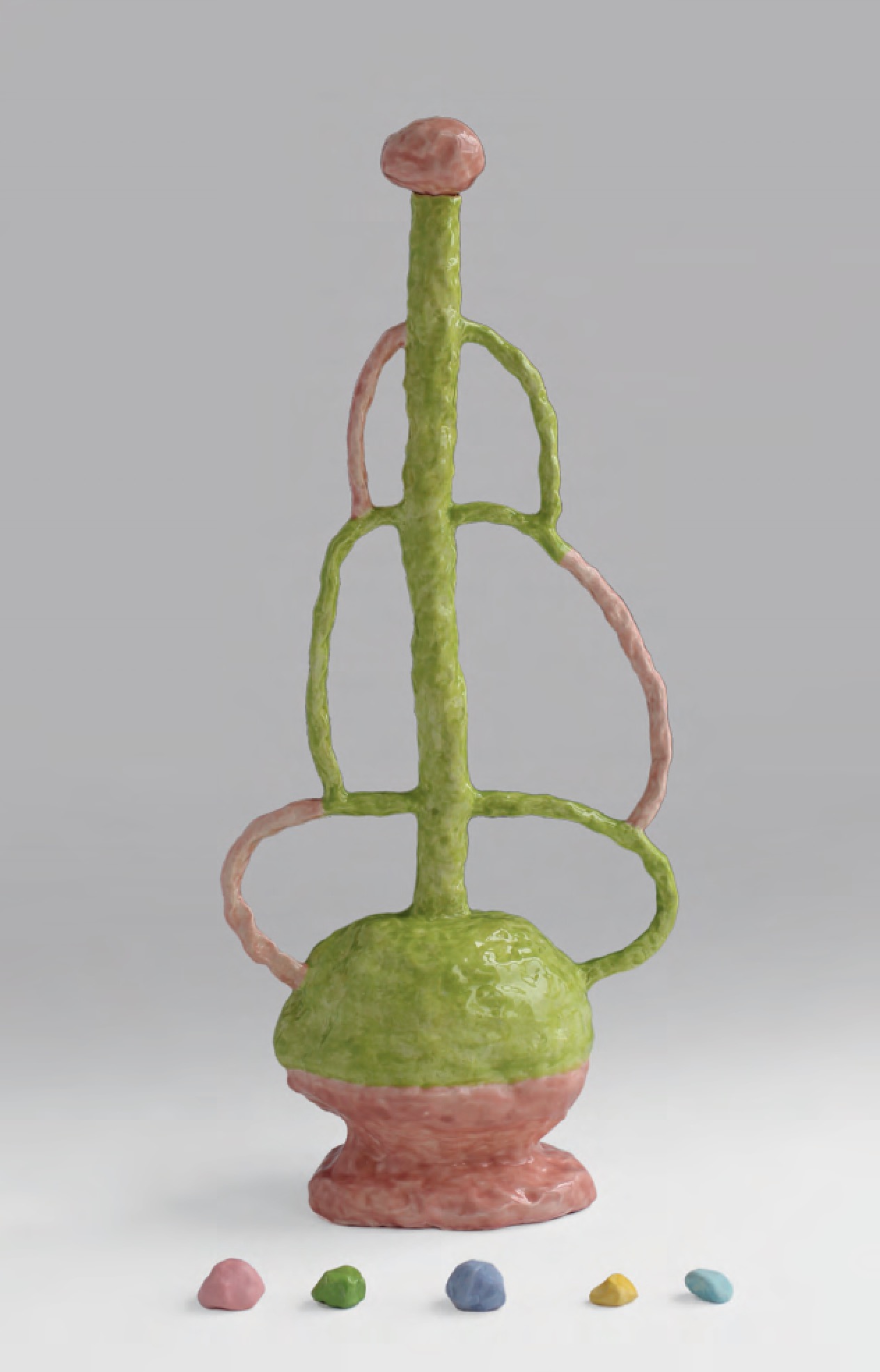
What are the hardest things for you to get ‘right’ and what are your unique challenges? Making the intangible tangible.
What part does the vulnerability of the material play in things? Ceramics with its many stages of process can be challenging and often the initial vision for the work just doesn’t happen. Working in ceramics could be seen as a metaphor for life, you really have no control but out of the disasters and challenges along the way surprising things can happen or a lesson could be learnt.
I like to work in a way where there can be options after the firing process and allow any mishaps to inform the outcome. In the process of making I utilize many different clays and glazes depending on my vision for a work. Multiple firings almost always occur, often I build works as separate components and attach them after firing, I find this gives an additional freedom to the creative process. Sometimes I will put pieces away for a couple of months and revisit and experiment with various scenarios with fresh eyes.
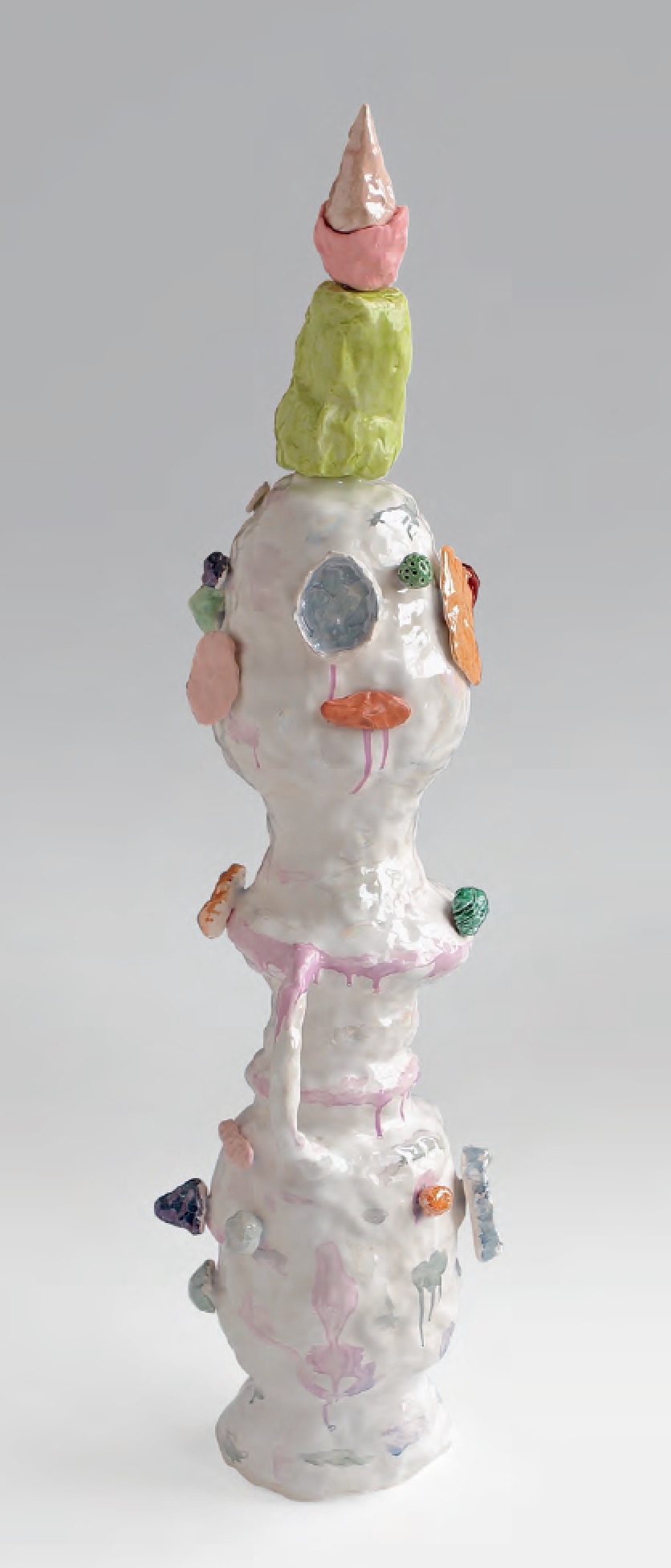
Is how you display a piece an important element of the work itself? Do you ever suggest how something might be displayed? It is dependent on my vision for a work.
What’s next for you, and what’s next for ceramics? For 2018 I have been invited by Louis Lefebvre to an artists' residency in Versailles for two months to produce work for a solo exhibition at Lefebvre & Fils Gallery in Paris. On my return to Australia I will work towards an exhibition at Gallerysmith in Melbourne. I feel there is some interesting times ahead for ceramics. In my current role as Head of Ceramics at the National Art School in Sydney it has been exciting witnessing an increasing engagement with the ceramic medium and the different sensibilities that various artists have brought to the material.
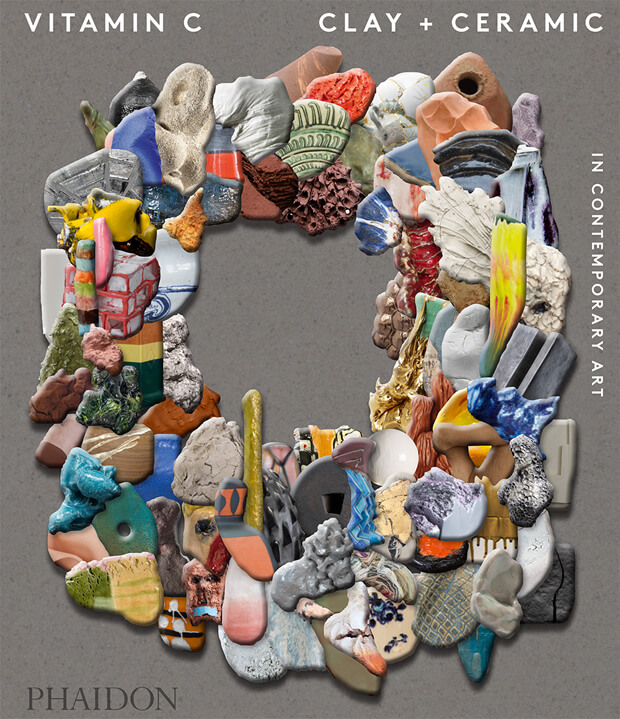
Clay and ceramics have in recent years been elevated from craft to high art material, with the resulting artworks being coveted by collectors and exhibited in museums around the world. Vitamin C: Clay and Ceramic in Contemporary Art celebrates the revival of clay as a material for contemporary artists, featuring a wide range of global talent selected by the world's leading curators, critics, and art professionals. Packed with illustrations, it's a vibrant and incredibly timely survey - the first of its kind. Buy Vitamin C here. And if you're quick, you can snap up some of the work by artists in it at Artspace. Meanwhile, find out more about Lynda Draper here.